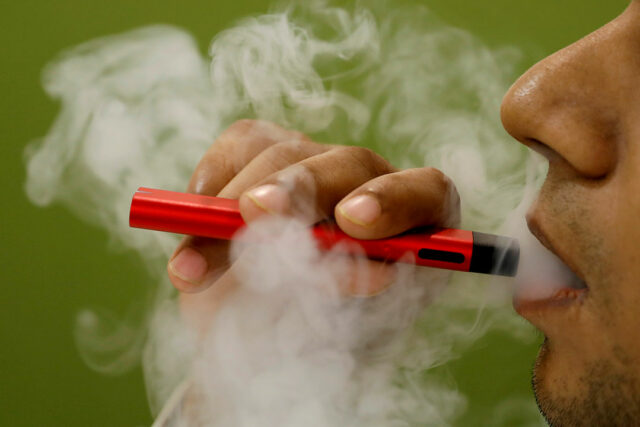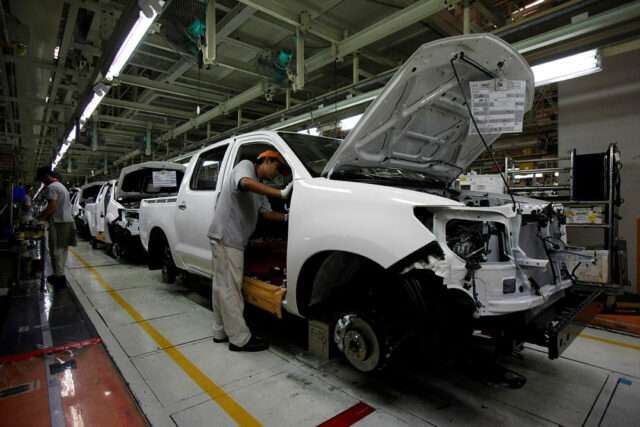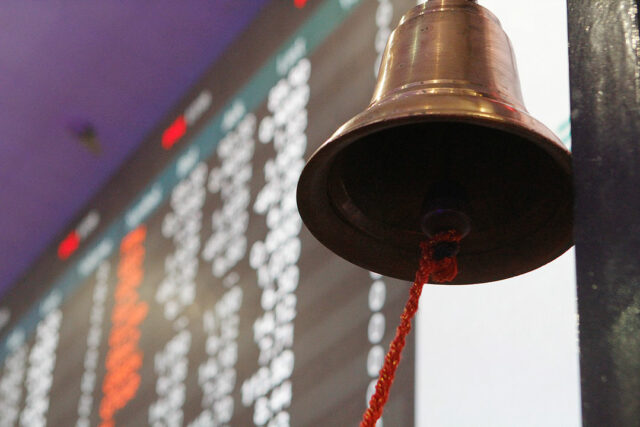Internet Transactions Act invoked in vape crackdown
THE Department of Trade and Industry (DTI) asked e-marketplaces on Thursday to take down unregistered vape sales listings, invoking their obligations under the Internet Transactions Act (ITA).
In a statement, the DTI said that it informed e-marketplaces, including TikTok, Shopee, and Lazada, in a meeting last week of the penalties under the ITA for non-compliance.
“E-marketplaces must play a crucial role in combating the proliferation of uncertified and illegal vape products,” Trade Secretary Alfredo E. Pascual said.
“We call upon these platforms to fully implement their responsibilities under the ITA by proactively preventing the distribution of illegal vape products,” he added.
Citing the implementing rules and regulations of the ITA, the DTI said that the law obligates e-marketplaces to require sellers to submit proof of registrations and permits.
“In a positive development, the e-marketplaces collectively agreed to voluntarily take down vape listings while they clear their sites of illegal products,” the DTI said.
“They also committed to implementing Know Your Customer (KYC) procedures to ensure all online sellers possess the necessary registration and permits,” it added.
The e-marketplaces also pledged to report their initiatives to prevent the promotion, advertisement, sale, and delivery of vape products to minors.
Undersecretary for consumer affairs and legal services Amanda Marie F. Nograles said that the DTI intends to fully enforce the vape regulations in conjunction with the ITA.
“The DTI is steadfast in enforcing compliance with the vape law, especially now with the ITA as one of our legal tools in combating the online sale of illegal vapes,” Ms. Nograles said.
“We are actively collaborating with online platforms to safeguard consumer interests and public health,” she added.
The DTI has the primary jurisdiction in enforcing Republic Act No. 11900 or the Vaporized Nicotine and Non-Nicotine Products Regulation Act, also known as the Vape Law. — Justine Irish D. Tabile












